Olivier U Bahizi
Posts tagged with Digital Collections
Showing 1 - 10 of 22 items

Olivier Bahizi, recipient of our summer 2025 Fellowship in Library User Experience, shares insights from his study of challenges users face when navigating the U-M Library's archival and digital collections across several platforms. Key themes include difficulties in discovery and access, limitations due to metadata, and lack of awareness and information literacy about archival materials.

From January-September 2025, we were excited to have the assistance of two interns. Latitude Brown and Andy Nakamura helped us improve descriptive metadata and content in several of our digital collections, particularly those that address potentially objectionable or harmful material. This blog post shares their experiences and highlights the projects they worked on.
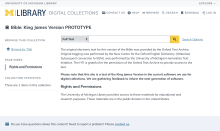
The University of Michigan Library’s Bible: King James Version (KJV) digital collection is one of our oldest and most-visited text collections. At nearly 30 years old, the collection’s design reflects the early days of the Web. With effort underway to update the functional underpinnings of our digital collections, it was time to return to the KJV to study how well the text would work within our updated site layout, which is now used across the majority of our text collections.
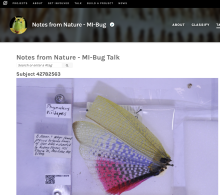
We often look for mechanisms to create better and more robust metadata about our materials in our digital collections. The Digital Collections Service partnered with Shapiro Design Lab at U-M Library to use Zooniverse, a crowdsourcing platform that allows us to post existing materials for anyone to view and add descriptive information to. We improved two digital collections using improved metadata from Zooniverse crowdsourcing.
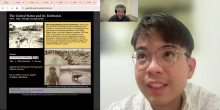
Part 2 of the series "Uncovering Needs of Filipino Researchers with our Philippines Digital Collection" explores a UX research study aimed at improving the University of Michigan’s Philippines digital collection interface. The study initially focused on understanding user pain points with the legacy collection interface. Following the launch of a redesigned interface, short-term fixes were implemented based on user feedback, while long-term needs were documented for future platform updates.
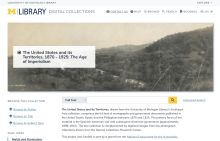
In June 2003, the University of Michigan Library launched the Philippines digital collection, “The United States and its Territories, 1870 - 1925: The Age of Imperialism.” Featuring over 4,000 historical texts, it has seen significant engagement from Filipino users for twenty years. Contextual inquiry interviews with Filipino researchers revealed their appreciation for the preservation and access to historical materials, their enthusiasm for being included in research and design activities and opportunities to improve usability in specific areas. Our findings show the importance of enhancing digital collections to support researchers and preserve cultural heritage, especially for communities who have experienced the loss of these materials in their country of origin.
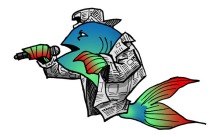
In our inaugural Digital Collections Connection meeting on March 7, 2024, we shared a couple of slides that showcase the history of the technical infrastructure for digital collections at U-M Library. During the session, we heard that this overview of our systems was helpful to content partners in understanding current functionality and limitations. We wanted to take this opportunity to share the diagrams more widely and to provide more context and historical information about the origins of, and recent changes to, our digital collections platform.
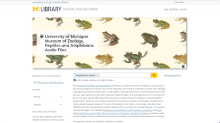
For the past year, U-M Library Digital Collections have been undergoing some big design changes. This blog post tells the story of launching and evaluating the usability of collections containing a new type of media: audio and moving images (AMI). In a research study consisting of a heuristic evaluation and 50 usability tests with a diverse group of users, the team uncovered over 20 mostly minor usability issues, recommended improvements to the interface that will be implemented in 2024 and beyond, and learned a lot about the complexity of library products along the way.
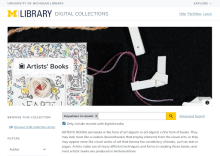
User research is best performed as an iterative process, where each round of testing provides valuable insights to lead to the next stage of development. The recent uplift on the University of Michigan Library’s Image Digital Collections offers a prime example of iterative user research, as it included testing phases for early mockups, plug-in image viewers, and an interactive coded version of the site. By continuously testing, we were able to identify potential issues early and to refine the site to better meet user needs.
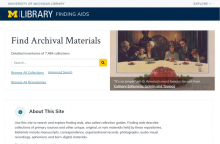
U-M Library is launching a new version of our Finding Aids site in early 2023, replacing a homegrown system that’s been in use for over 20 years with ArcLight, an open-source system widely used by academic libraries and archives. The site is currently available as a public beta for preview and will be available at the same URL going forward.